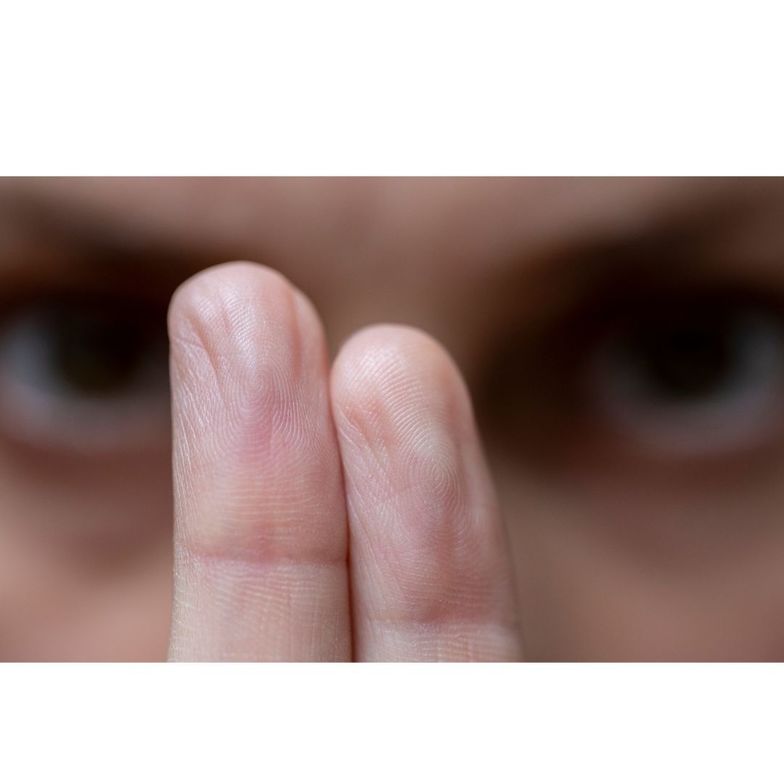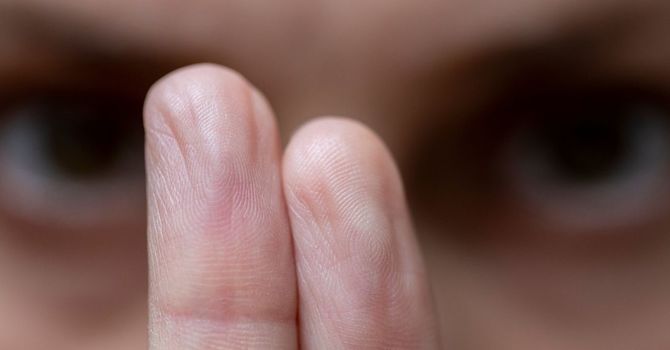
In the realm of mental health therapies, Eye Movement Desensitization and Reprocessing (EMDR) has emerged as a groundbreaking approach, offering new hope for individuals grappling with the effects of trauma, anxiety, and other psychological challenges. Developed by Dr. Francine Shapiro in the late 1980s, EMDR has gained widespread recognition for its effectiveness in helping people process and overcome distressing memories.
At its core, EMDR is a psychotherapy technique designed to alleviate the emotional distress associated with traumatic memories. The approach integrates elements from various therapeutic modalities, including cognitive-behavioral therapy (CBT), and bilateral stimulation. The hallmark of EMDR is the use of bilateral stimulation (BLS), typically in the form of guided eye movements, to facilitate the processing of traumatic memories and foster adaptive resolution. Other forms of BLS include auditory, tactile, and self-directed, usually using a technique known as the butterfly tap. BLS can also be done virtually through the use of online apps whereby the therapist controls the number and types of movements.
Numerous studies have highlighted the efficacy of EMDR in treating conditions such as post-traumatic stress disorder (PTSD), anxiety disorders, and many types of trauma. EMDR stands as a testament to the innovative strides made in the field of psychotherapy. As a client-centered and evidence-based approach, EMDR continues to empower individuals to overcome the trauma(s) of their past, fostering healing and resilience. EMDR offers a unique and promising avenue for those seeking relief from trauma and anxiety, showcasing the transformative potential of the mind's innate capacity for healing.




